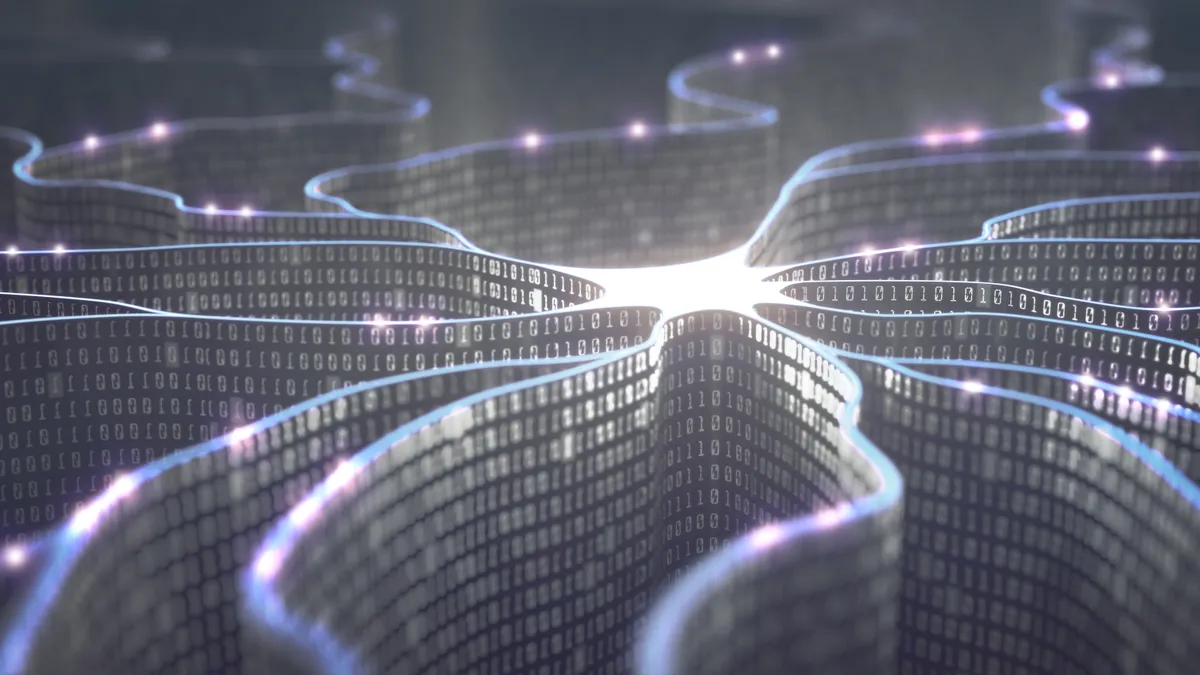The utility-customer relationship has gone from paper bills to highly-functional websites and apps. But the truth remains: utilities struggle to talk to customers.
"Customer calls are always considered a pain point," Bidgely CEO Abhay Gupta told Utility Dive. "They're considered a cost by most utilities."
Call centers are expensive, and customers call for just a few, typically negative reasons: outages and high bills. But a new generation of customer service solutions aims to challenge this paradigm, first by reducing the need for customer calls and then by arming customer service representatives with more tools.
Utilities are awash in data. By putting that information in front of customers and utility representatives, says Gupta, the question becomes: "Can we convert these calls from a pain point to an opportunity?"
Beyond improved customer service, utilities are beginning to see the ability to better market rates, services and programs as a possible grid planning tool. Bidgely works with utilities serving residential customers, helping them deliver usage insights and offer energy efficiency solutions. The company previously partnered with EnergyHub, to use artificial intelligence and machine learning to give utilities a better idea of what is happening inside homes.
Recently, Bidgely expanded its use of AI into utility customer service centers through its CARE system, utilized by customer service representatives (CSRs). Representatives are armed with customer's meter data, allowing them to resolve problems and offer better rates or energy-savings programs targeted to customer needs.
"We are data junkies," said Gupta. "Effectively we have all of the customer data down to the last day."
A digital utility 'gives customers what they want'
"The platform delivers a personalized, data-driven customer experience in real time, as well as services such as home energy management enabled by AI; transactions management; and other products and services in addition to electricity," according to Deloitte.
"Through decentralization, customers are becoming more engaged in energy choices, generation, and management, which requires utilities to monitor load and understand what is happening at the edge of their grid," Black & Veatch said in a "Digital Electricity" white paper.
"A digital grid gives customers what they want," said B&V. Utilities are turning to demand response, customer information systems, smart meters and other systems and programs to meet customer expectations that are rapidly rising.
Oracle has also rolled out improvements to its customer information systems (CIS), positioning utilities to improve operations and offerings with personalized customer insights. Oracle said its CIS improvements are guided by a decade of behavioral science research led by Opower, which the company acquired in 2016.
Recent improvements to its customer service offerings include changes in the way users interact with data, insights, and guided workflows allow newly minted CSRs to "deliver the same level of service as long-term call center experts," according to the company.
New capabilities include enabling utilities to track meter and device inventory and monitor performance in the same systems used for capturing meter reads and customer accounts.
"Having access to detailed customer usage, having that data as a part of the customer service platform is very important to understanding how the customer is using energy and understanding what is happening in the field," said Hillary Martin, senior director of Oracle Utilities. The systems allow "full visibility from a meter and data perspective."
Oracle's digital customer solutions are used by a wide range of utilities, including large investor-owned utilities like Arizona Public Service and Pacific Gas & Electric, as well as smaller municipals.
In March, the City of Lubbock Utilities tapped Oracle's Customer Cloud Service (CCS) to replace its legacy CIS.
The city serves 105,000 electric customers and said the partnership with Oracle is part of its "journey to transform its operations and technologies, including infrastructure improvements and a complete rollout of advanced meters."
Bidgely's suite has been selected by utilities in the United States and Europe, including Commonwealth Edison, Duke Energy and NV Energy last year. The Nevada utility serves 1.4 million customers and turned to Bidgely for appliance disaggregation, home assessment surveys, a field auditor tool and customer service enhancements.
NV Energy officials said the utility's Online Energy Assessment, powered by Bidgely, "provides our customers with the information they need to better understand how they use energy," in a statement to Utility Dive.
"Nearly 18,000 customers used our online energy assessment more than once last year and we've found that these customers are satisfied with the tool, and found the information helpful," the company said. It also helps customers find other opportunities to save by providing details on other services and programs offered by NV Energy.
First cost reduction, then marketing and planning
Cost reduction is the primary aim of Bidgely's new customer service system improvements, followed quickly by improving a utility's ability to sell new products and services. The ability to better-market offerings — demand response programs, for instance, to customers in specific areas where a utility needs load reduction — will ultimately help with grid planning and coordination.
"The mode of operation in the next decade is going to dramatically change," said Gupta, pointing to major shifts in grid dynamics like the anticipated growth of electric vehicles.
"The swings on the grid are coming faster and faster," he said, and utilities will have a host of tools to manage them. "In five to 10 years, you're not going to see the same tools ... there will be artificial intelligence, customer controls and influencing, spot and dynamic pricing. Everything will be there, in some form or fashion, to manage the grid load."















